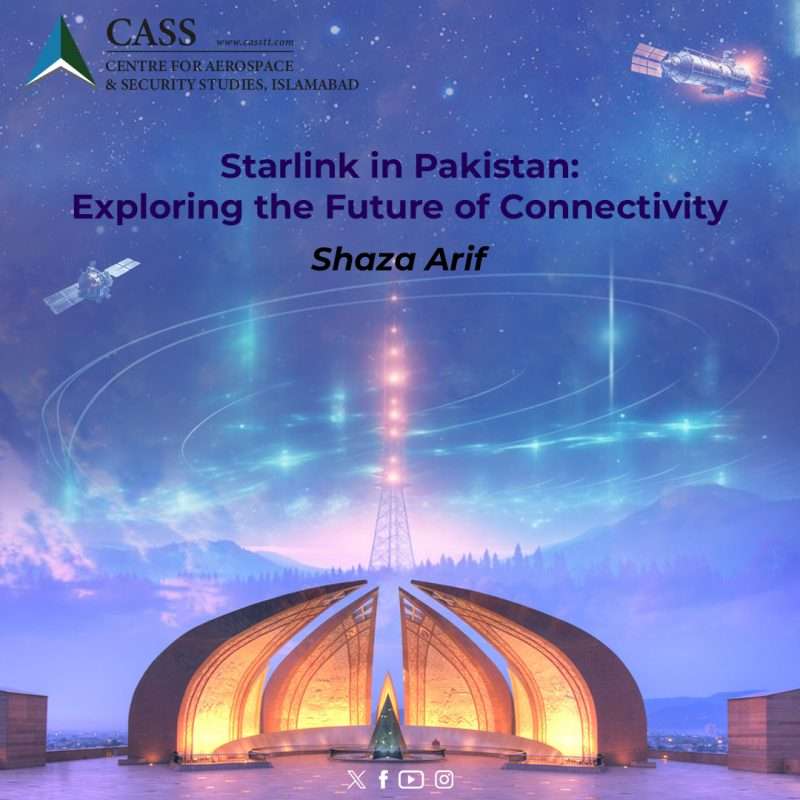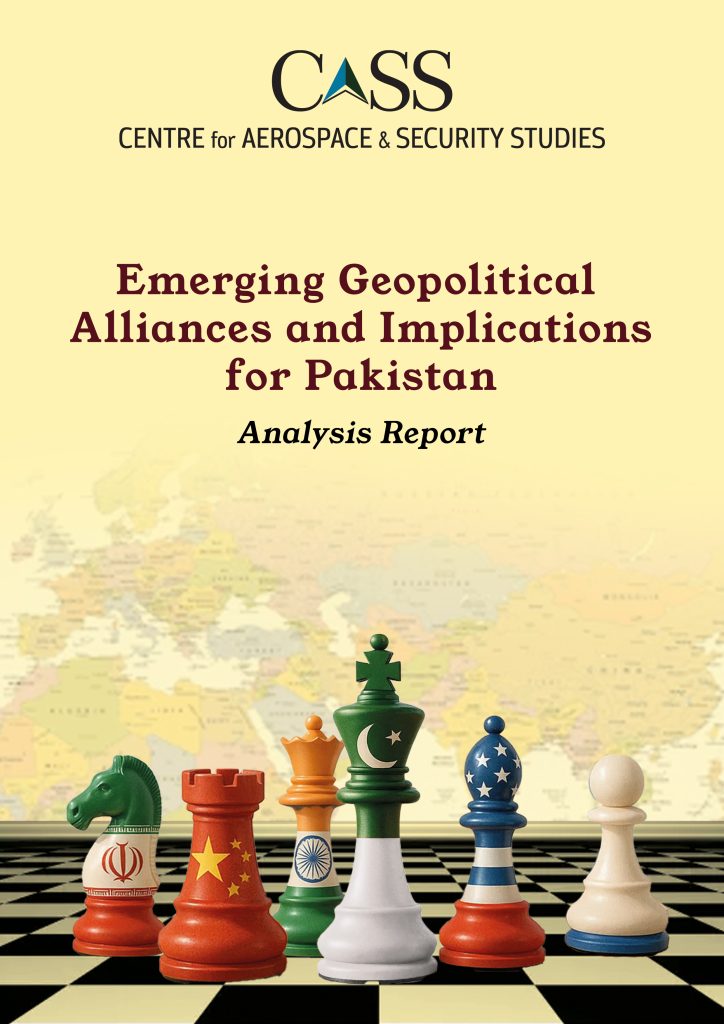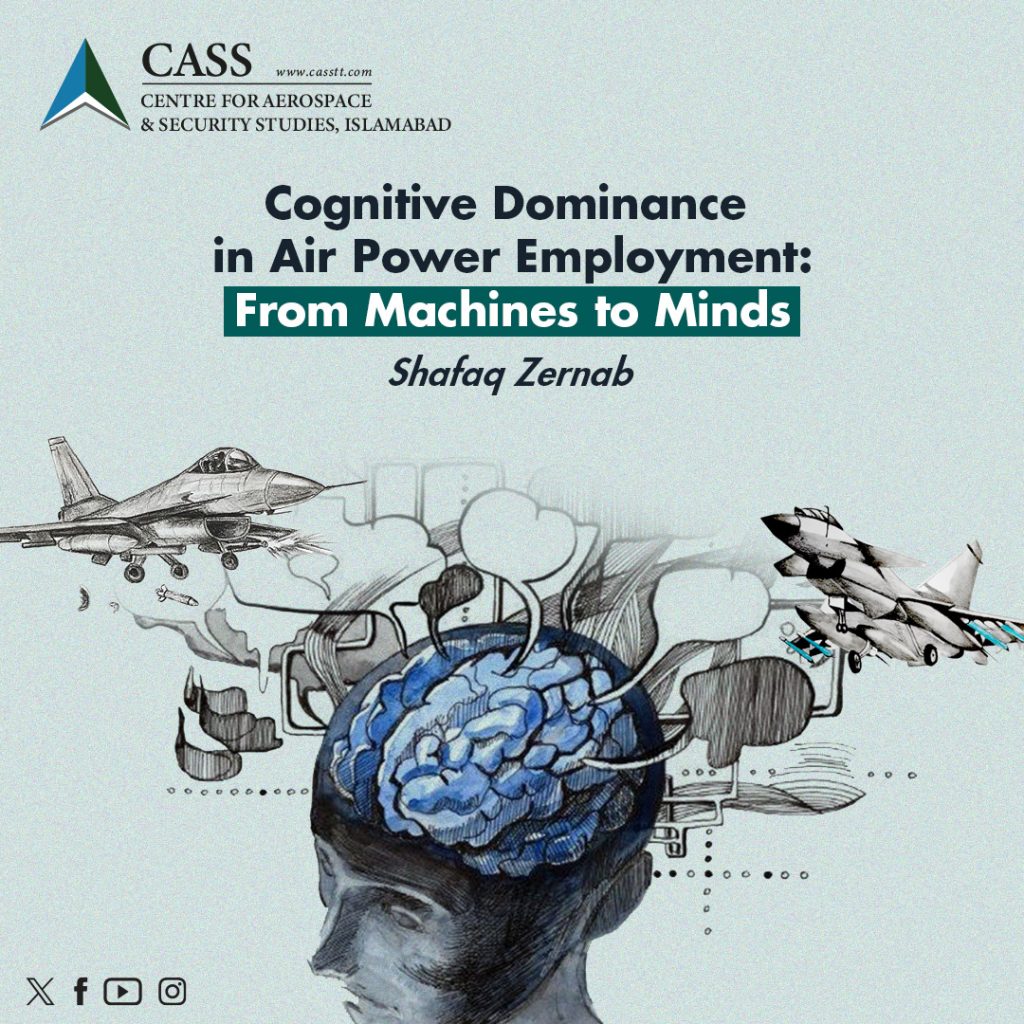Starlink has been making headlines globally for providing high-speed, low-latency internet services to areas with limited or no connectivity. By leveraging direct connection to satellites in Low Earth Orbitals (LEO) for instantaneous access to internet services, the technology could be a game-changer for underserved areas. In Pakistan, the prospect of introducing Starlink has been a topic of discussion, particularly due to frequent internet disruptions. The conversation gained momentum when a user inquired about Starlink’s feasibility in Pakistan, prompting Elon Musk to hint at seeking government approval. This exchange sparked excitement across tech and policy circles. Adding to the anticipation, the Ministry of Information Technology and Telecommunication confirmed efforts to align regulatory frameworks, paving the way for technologies like Starlink to operate smoothly in the country
In 2023, Pakistan’s broadband penetration rate stood at 58.39%, reflecting room for growth in the country’s digital infrastructure. The introduction of Starlink has the potential to revolutionise Pakistan’s digital landscape by providing reliable connectivity. Currently, Pakistan ranks 97th out of 111 countries in mobile internet speed and 139th out of 155 countries in broadband speed, according to Ookla’s Speedtest Global Index, underscoring the urgent need for improved connectivity and faster internet speeds. Nevertheless, even with such challenges, IT and IT-enabled services contributed nearly USD 3.2 billion to the country’s export earnings in 2023-24, highlighting untapped potential. Reliable and high-speed internet access could address infrastructural bottlenecks, unlocking new opportunities in e-commerce, freelancing, and digital startups. This, in turn, could enable broader participation in the digital economy and foster a more mature IT industry capable of efficiently expanding its footprint in global markets.
The promises of Starlink hold even greater significance for Pakistan’s rural areas. These regions have long faced infrastructural challenges in accessing reliable internet services, hindering their ability to keep pace with urban counterparts. By bridging the digital divide, Starlink has the potential to unlock the true potential of rural areas, enabling them to participate more actively in the digital economy and fostering inclusive growth across the country. In this context, internet access could play a transformative role in education, health and freelancing sectors, bridging the gap between urban and rural populations. For instance, in Brazil, Starlink partnered with the government to provide connectivity to 19,000 rural schools. Likewise, efforts are underway in Kazakhstan and the Philippines to promote education and e-learning in rural areas. In addition, adoption of high-speed internet could expedite integration and employment of Artificial Intelligence, Internet of Things (IoT), and blockchain. Integration of such technologies in the presence of reliable connectivity could lead to smarter operations in agriculture and healthcare, pushing the state toward a tech-driven future.
Several challenges stand in the way of Starlink’s integration in Pakistan. One of the major hurdles in this context is the whopping price tag. As per global pricing, initial monthly fee for a basic residential package is projected to start around PKR 35,000, with an additional hardware fee of PKR 110,000. Given that the average monthly cost in Pakistan is approximately PKR 3000 – 4000, the technology would likely be restricted to higher-income, upper-class individuals. However, the figure is within the reach of public and private organisations, who could use it to enhance their operational efficiency. This suggests that in the initial stages, it may only be utilised by corporates and governments in its different sectors – with broader access possible after price cuts – as is the case with every new technology. Another critical aspect to consider is the competitive disruption Starlink could introduce to Pakistan’s local Internet Service Provider (ISP) industry. By offering high-speed, low-latency internet services, Starlink has the potential to challenge existing market players, prompting them to improve service quality, reduce costs, and expand coverage to remain competitive. This market shake-up could accelerate innovation and investment in the sector, but it may also create pressure on smaller ISPs struggling to adapt to the new dynamics. Similarly, increased reliance on foreign-controlled satellite services like Starlink could introduce vulnerabilities that external actors might exploit. The use of satellite-based internet services raises concerns about data security and the potential for misuse, which could pose significant national security risks. Likewise, the technology is potentially vulnerable to space debris and low-probability, high-impact events such as geomagnetic storms, adding to existing challenges.
The potential advent of Starlink highlights the trends of using innovation via off-grid solutions to meet consumer demands. Hence, a forward-looking and calculated approach needs to be adopted for Starlink or any other satellite-based internet in future. Central to this approach is the development of robust regulatory frameworks to enhance consumer trust and implementing stringent cybersecurity measures would be critical to mitigating risks while balancing the benefits of advanced connectivity. There is a need to look into spectrum allocation, service quality standards, and data protection of the citizens.
There is also a need to draw lessons from previous examples. Earlier, it was claimed that Starlink would be made available at a subsidised rate in India. In this context, Pakistan could follow a similar approach and collaborate/ negotiate with Starlink for subsidised packages in order to expand the service to low-income households. In the same context, the government should also look into alternate options such as the Chinese initiative ‘Thousand Sails’ to avail the service at a reduced cost via effective negotiations. In addition, a gradual roll-out should be prioritised, with integration in high-impact sectors such as education, healthcare, agriculture etc., accordingly. Furthermore, live backup arrangements should also be factored in to counter the impact of potential disruptions. Lastly, there is a need to explore hybrid models where Starlink could work in collaboration with local internet services providers.
Satellite internet is likely to become an increasingly competitive domain in the future. Consequently, advent of Starlink and similar initiatives are likely to herald a new era, driven by technological advancements, and a competitive economy which is inclusive in nature. Hence, this opportunity needs to be explored, albeit with vigilant oversight to empower citizens and position the state as a digitally competitive state.
Shaza Arif is a Research Associate at the Centre for Aerospace & Security Studies (CASS), Islamabad. The article was first published in The News International. She can be reached at [email protected].





